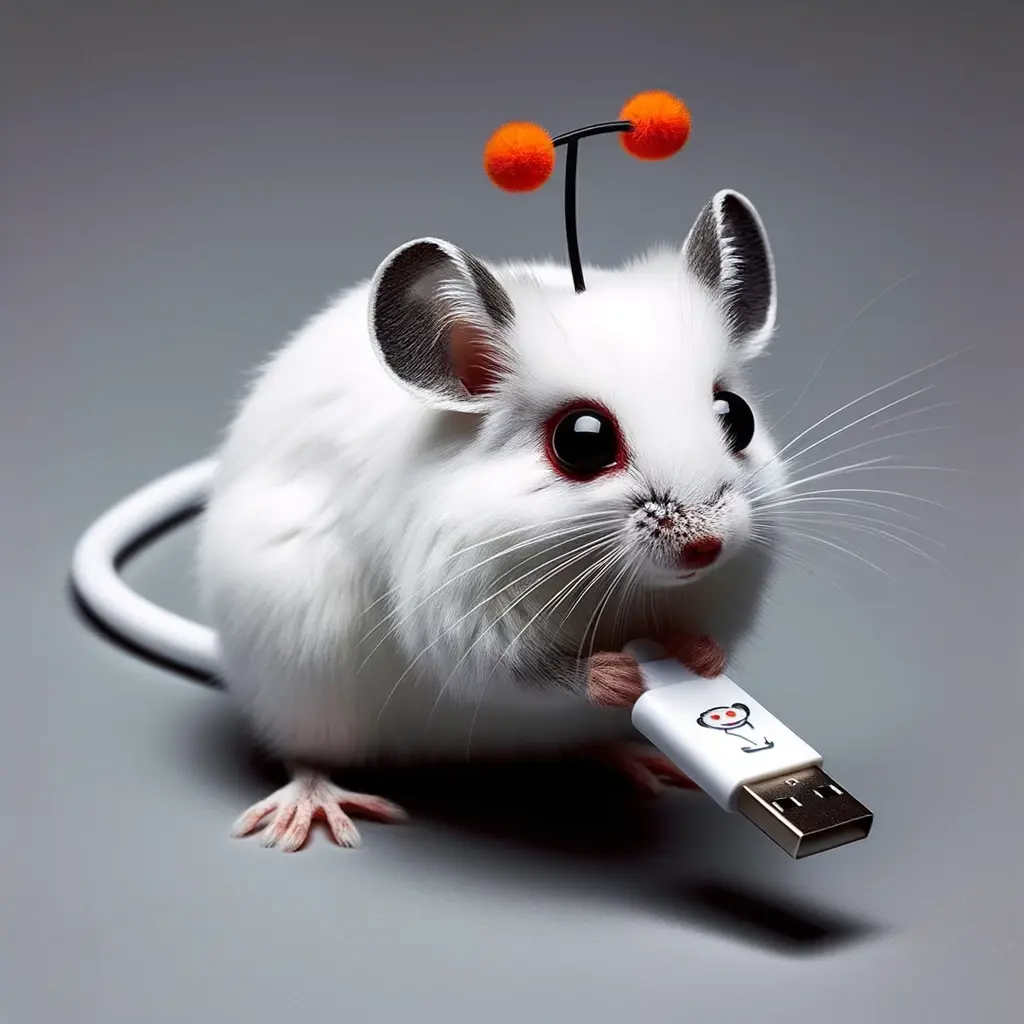This is an automated archive made by the Lemmit Bot.
The original was posted on /r/learnjapanese by /u/not_a_nazi_actually on 2025-05-18 05:17:01+00:00.
I’m writing this as a response to “How I passed N1 in one year/500 days” type posts. Recently there were a couple of popular posts in the community, one asking for the mistakes that you made along the way, and the other asking for stories of mediocre results. This post will also be a type of response to those posts. I’ll also be throwing in some relevant rants included in a separate post.
Background
My Chinese is good. I’ve studied Chinese for 11 years prior to starting Japanese.
Prior to what I am going to consider my Japanese learning “official start date” I had watched 270+ hours of English subbed anime, loaned a Japanese Pimsleur tape out from the local library, written the entire hiragana and katakana alphabets out (once each) and studied the sounds of the first 10 hiragana. I could say 「私はアメリカ人です。」、「おはようございます。」 、「ありがとうございます」、「でも」、「いただきます」、「ごちそうさまでした」and 「やられたな」(Ryuk had said this to Light and my teenage brain decided that this was a must learn word). I could not count to ten (still can’t. darn you counter words and days and stuff). English is my mother tongue, so I also knew some words like ninja, sayonara, and emoji, and quickly unlocked many katakana words too.
I mention this because while it’s safe to say my Japanese was at a near 0 level, my Kanji level was nowhere near level 0. I also mention this in part because there are many in the community who will say “you knew Chinese first, so it doesn’t count”. I don’t think I’ll get this comment since my results are far from enviable, but to anyone who doesn’t know both Chinese and Japanese, let me tell you, the difference is immense, not at all the same language family.
When I learned Chinese, in the beginning my reading ability developed way ahead of my listening ability. For Japanese I was going to seek to avoid this by prioritizing listening and try and develop my skill as a child would (listening comprehension, verbal output, reading comprehension, written output, in that order). This seemed like a great idea for another reason: I would be able to watch anime with no subs (if I could somehow speedrun my way to perfect listening comprehension. Spoiler, I couldn’t/didn’t).
Year 1
I started on Duolingo. I finished hiragana and katakana in about a week (the Duolingo course for them) and continued to do about 15 minutes of Duolingo a day for the next 500 days. I started watching a Youtube channel called Comprehensible Japanese where I would watch their absolute beginner and beginner videos. I quickly started watching other channels promising N5 level listening material (think Japanese with Shun) and mixed in other videos that were simply way beyond my level but were at least spoken at native level speed. 4 months later, I picked up Anki and started doing that in addition to Duolingo for about 25 minutes a day.
I consider my study at this time to be questionable to say the least. To begin with, I was using Duolingo, which isn’t exactly known for producing fluent Japanese speakers. It did keep me consistent though.
I’m not sure if you are familiar with the “steps” 2k deck, but it was the highest rated premade Japanese deck on Ankiweb’s shared decks page at the time, and that’s what I started with (premade decks would save time on card production, right?). This deck has 3 notes separated into 5 cards per word and breaks the first 2k down into 10 “steps” (smaller decks) of 1000 cards each. This means the first 2k words have 10k Anki cards. And little ole beginner me didn’t know any of that. I set my Anki to learn 14 new cards a day (a number chosen to get me to 5k words in a year. Believe it or not 5k words actually gets you a very comfortable level of Chinese, not the case in Japanese, as I found out much later). I thought I was learning 14 new words a day, but I was really only learning 2.8 new words a day, and this took me an embarrassingly long time to realize. Like, months. When I discovered this, I started questioning the deck’s philosophy. On the one hand, I did get to see the words I was learning in simple (but not i+1 (don’t know why this deck didn’t implement i+1)) sentences. Since I didn’t have a textbook or graded reader, or other prerecorded beginner audio, I thought that these sentences could be really useful. On the other hand, so many Anki cards for so few words learned.
As time went on, I began to seriously have doubts about this premade 2k steps deck (probably rightly so). First, I suspended the production cards (an idea I got from mattvsjapan) and then I wound up downloading another premade deck (TANGO N5, and then later another premade TANGO N4 deck), and after that downloading another premade core 2k deck (based on a different frequency list), and then Jomako’s Anime deck. 15 minutes of Duolingo a day + some Japanese Youtube videos was actually so little immersion that I began to forget hiragana and especially katakana too, so I downloaded premade hiragana and katakana Anki decks 4 months in as well.
After having studied Chinese for 11 years, the Mandarin reading of Kanji was always overpowering the Japanese reading, so I wound up making an audio only (on the front) card of each note for the second 2k deck and the TANGO decks, doubling my total cards. I eventually made it though all of these decks, but I super don’t recommend what I did here. Mattvsjapan suggested resetting Anki intervals to 0 on failed cards (the Anki default at the time), and this combination made progress painfully slow.
I may have averaged 40 minutes a day of Japanese study for the first full year. 15 minutes a day for the first 4 months + some time on Japanese Youtube vids, bumped up to 40 minutes day when I added in Anki + some time on Japanese Youtube vids.
Year 2
In my second year, more time started to open up for me. I had less obligations with school and work, and I decreased the time I was spending with Chinese and started funneling that time into Japanese. I got a copy of Genki 1 and began it. I read through Tae Kim’s grammar guide (at a glacial pace, just 2-15 pages per day on days that I did read, which was not every day).
Due to mattvsjapan and Dogen’s influence (+a video from That Japanese Man Yuta where he suggests that Japanese babies may learn pitch accent before they even learn how to pronounce the kana correctly) I decided that pitch accent would be a good investment of my time at this relatively early stage. I began training my ability to hear pitch accent (with the kotsu minimal pairs test) and after 35-45 days of training 100 reps per day, I was able to hear pitch almost flawlessly. Now, mattvsjapan doesn’t recommend doing this early on (Dogen probably doesn’t either), but having done this early on personally, it wasn’t that bad. Maybe time would have been better spent reading or Anki-ing, but for a little time each day for 5-6 weeks, you not only get to totally demystify pitch accent, but you also gain an awareness for a fundamental part of the language. Pitch accent training is appropriate for anyone with 200 hours of Japanese study already under their belt.
For all of my first year and much of my second year I had a problem that I only started to realize in the second year. Between Anki time, Grammar time, Duolingo time, and pitch accent training time, plus the occasional video about language learning (in English of course), I was spending more time on training (vocab, pitch accent, grammar) than I was spending on immersing. Once I noticed this, I began to make a conscious effort to do at least as much immersion as training (although at the beginning there were still many days that I failed to do this).
And so, I began immersing, especially with Youtube and anime. Any Youtube video with accurate Japanese subs was a god send. You see, I didn’t have Netflix and I also refused to download subs from the internet, so good Youtube content and Animelon were so helpful. If I couldn’t find the anime I wanted on Animelon (which was often) I would watch it first with eng subs, and then the same episode again immediately afterward listening for what I had read in the English subs, and manually making more audio Anki cards (only audio on the front) from that. This was very far from ideal. Influenced by a youtuber britvsjapan, I tried some premade subs2srs decks for Usagi drop, My Dressup Darling, and Fairytail, but I didn’t enjoy these subs2srs decks. To begin with, the program would often clip a sentence’s audio in half, or miss the first or last second of audio (timing issue). Or maybe it would separate the question from the answer into two different cards, sometimes making the answer card difficult to understand. The second problem was I was unfamiliar with verb conjugations, informal sentence endings and Japanese abbreviations (especially ん) so I really struggled to determine if these sentences were i+1 (“yes the verb is new, but it’s also a conjugation I don’t feel comfortable with, is that i+1 or i+2?”).
It was probably sometime in this second year where I began suspending new cards (from my premade decks) if I already knew them. My entire first year of Anki I wasn’t doing this (figuring that the word was 1…
Content cut off. Read original on https://old.reddit.com/r/LearnJapanese/comments/1kpcfdc/fail_1414_how_i_failed_a_mock_n1_exam_after_1414/

